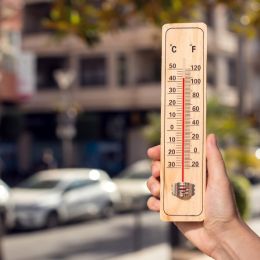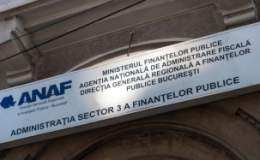“The NPL ratio is expected to continue to trend upward as the unemployment rate rises, and especially if coupled with a severe devaluation of the local currency”, Nicolae Alexandru Chidesciuc, senior economist of ING Bank Romania told Wall-Street.
The number of jobless increased by 23,632 in July, up to 572,562, unemployment rate climbing to 6.3%.
“The country is anticipated to experience the highest unemployment rate in the second part of 2010. An improvement is unlikely to set in sooner than 2011”, said ING’s economist.
Past due loans and doubtful loans accounted for 0.85% of the Romanian banking system’ aggregated loan book, according to data made public by NBR.
“The trend of non-performing loan is clearly upward, but I don’t think it’s far from reaching its peak”, Laurian Lungu, managing partner of Macroanalitica told Wall-Street.
Economist Daniel Daianu (photo), also expects an increase in NPL ratio, in the context of a deteriorated economic environment.
“I am not concerned about the future performance of NPL for parent banks of local credit institutions, which are in very good condition. Furthermore, the capital adequacy ratio of the banking system is good”, Daniel Daianu told Wall-Street.
Past due loans amounted to 5,753 bn lei in May, and were up 151% from 2.286 bn lei a year-ago period. Additionally, in the 12 months to May 2009, the number of borrowers who defaulted on their bank loans doubled, from 100,674 to 200,191.
Banking industry remains solid despite the rising NPL ratio
“If the economy continues to contract, non-performing loans will increase in the second half of 2009 as well as in 2010, but I don’t expect them to zoom in aggressively”, said Cristian Popa, deputy governor of National Bank of Romania.
The deputy governor added that the lion’s share of the loans that posed problems to banks were low-value unsecured loans to natural persons.
“Even though the bad loan ratio will climb, I don’t expect it to cause major problems to lenders. Banks have already started to pump cash for recaps since fall 2008, and therefore, they won’t face major problems. In addition, the National Bank of Romania has recently established a minimum statutory capital adequacy ratio of 10%”, said Popa.
Loan arrears amounted to 3.25 bn lei at end-June, up 166% from 1.22 bn lei in H1 2008. In case of FX-loans, the arrears (expressed in lei) stood at 2.24 billion lei at June 30, 2009, up by a staggering 373% from June 2008, when they were below 500 mn lei.
Citeste si:
Calculator Salariu: Află câți bani primești în mână în funcție de salariul brut »
Te-ar putea interesa și:



















































































![HR [PLAY] Tech Workout - 11...](https://www.wall-street.ro/image_thumbs/thumbs/973/973fe0a3888d417feff63de42e814180-260x260-00-65.jpg?v=1716479657)









